In modern American home bathroom design, although the bathroom sink drain system is a minor component hidden from view, it directly affects the daily use experience, cleaning efficiency, and the lifespan of the drainage system. With the continued growth of the residential renovation market and increasing consumer demand for aesthetic and functional balance in bathrooms, the selection and installation of drainage structures are becoming an important aspect that cannot be ignored in bathroom upgrades.
According to market research data released by the National Kitchen & Bath Association (NKBA), the average expenditure on bathroom renovations will increase by about 16% in 2024, with particularly significant growth in the consumption of sink and drainage hardware products (source: NKBA.orgNKBA.org). Meanwhile, data from HomeAdvisor shows that over 57% households will replace sinks and related drainage components during bathroom renovations (source: homeadvisor.com). Therefore, for end consumers, interior designers, hardware wholesalers, and home decoration contractors, understanding the structure, types, materials, and installation methods of sink drainage systems has become a fundamental and necessary skill.
1. Composition and working principle of the hand sink drainage system
The sink drainage system generally consists of the following parts:
Drain Body
Drain Stopper (drain plug/press cover/pull rod cover)
Tailpiece (taking over)
P-Rap (bend pipe odor prevention structure)
The role of P-Rap is crucial: its curved structure can retain a small amount of water, form an air-sealing layer, and prevent the backflow of sewer odors. This design complies with the US Residential Plumbing Code (source: IAPMO Uniform Plumbing Code).
The diameter of sink drains in American households is typically 1.25 to 1.5 inches. Some commercial environments and deep basins may use larger sizes.
2. The advantages and applicable scenarios of different drainage opening methods
The most common forms of sink drainage in the current market include:
Type characteristics Applicable scenarios
Pop Up Drain (bouncing press type) can be opened and closed by pressing the cover, with intuitive operation, making it easy to clean modern bathrooms, countertop basins, and countertop basins.
Lift Rod Drain, a traditional bathroom design that controls drainage through a pull rod behind the faucet, is widely used to match faucets.
Grid Drain has no sealing function and cannot store water. It has high drainage efficiency and is suitable for public sinks, hotels, and spaces with frequent washing.
Push-Pull-Drain (rotary lift type): manual rotary opening and closing, with a simple structure for commercial or low-maintenance environments.
According to Statista data, acceptance of Pop Up Drain in the home bathroom market is expected to increase by approximately 14% in 2023, primarily due to its intuitive, rod-free design, which is easier to maintain (source: Statista.com).
3. Material selection: Corrosion resistance and cleaning convenience are key factors
The common drainage materials and performance differences are as follows:
Material advantages and precautions
Stainless Steel is corrosion-resistant, suitable for high-humidity environments, and has a long service life. The quality varies significantly with the grade of steel, and attention should be paid to the explanation.
Brass has high compressive strength, a long service life, good oxidation resistance, and is commonly used in high-end products at a higher cost. It is suitable for long-term residential decoration.
ABS Engineering Plastic has high cost-effectiveness, light weight, and is suitable for ordinary bathrooms. Its scratch resistance and heat resistance are inferior to those of metals.
For coastal areas (such as the coasts of Florida and California) or high-humidity bathroom environments, it is strongly recommended to prioritize the use of solid brass or stainless steel drainage systems to avoid water leakage or corrosion-related odor problems.
4. Size and compatibility reference
The typical opening for the drain outlet of a US standard washbasin is:
1.25 inches (most bathroom sinks and countertop sinks)
1.5 inches (partially widened basin or commercial sink)
Principle of pipe diameter matching:
Drainage outlet → Tailpiece (usually 1.25 inches)
Tailpiece → P-Rap (adapter can adapt to 1.25 inch → 1.5 inch)
Ensure to check before installation:
Is the sink equipped with an overflow hole?
Does the drainage system match the structure with/without overflow?
Mismatching can lead to unstable water seals, poor drainage, and loose structures.

5. Installation steps: applicable to both DIY users and contractors
Basic installation process
Clean the drainage area of the sink
Ensure that there is no residual old sealant.
Install the upper drainage body and sealing ring
The sealing ring should be evenly compressed to avoid displacement.
Lock the fixing nut from below
You can tighten it by hand first, and then use a wrench to fine-tune it.
Connect Tailpiece with P-Rap
Ensure that the pipeline is not excessively inclined; otherwise, it will affect drainage efficiency.
Water injection test and leakage inspection
You can apply soapy water on the drainage surface to check for minor leaks.
Key adjustments for Pop Up Drain
Need to ensure that the lid opens and closes vertically and smoothly.
If the bouncing force is insufficient, the internal spring tension can be adjusted.
6. Maintenance and cleaning suggestions
In American households, the odor and blockage of washbasins are often related to:
hair
Toothpaste residue
Soap scale
Suggestion:
Disassemble the grid or cover every 1-2 weeks for cleaning.
Clean the inner wall of P-Rap every 3-6 months using a simple manual unclogger. Avoid long-term use of highly corrosive chemical solvents.
7. Industry Future Trends: Quick Release, Antibacterial Coatings, and Water Efficiency Regulation
In the next five years, the main development directions of the Bath Sink Drain industry include:
Antibacterial-coated stainless steel drainage system
Tool-free disassembly and cleaning of the structure
Drainage monitoring sensor linked with an intelligent bathroom system.
MarketWatch market research predicts that the market share of high-performance and maintenance-free drainage systems will increase by approximately 20% by 2028 (source: marketwatch.com).

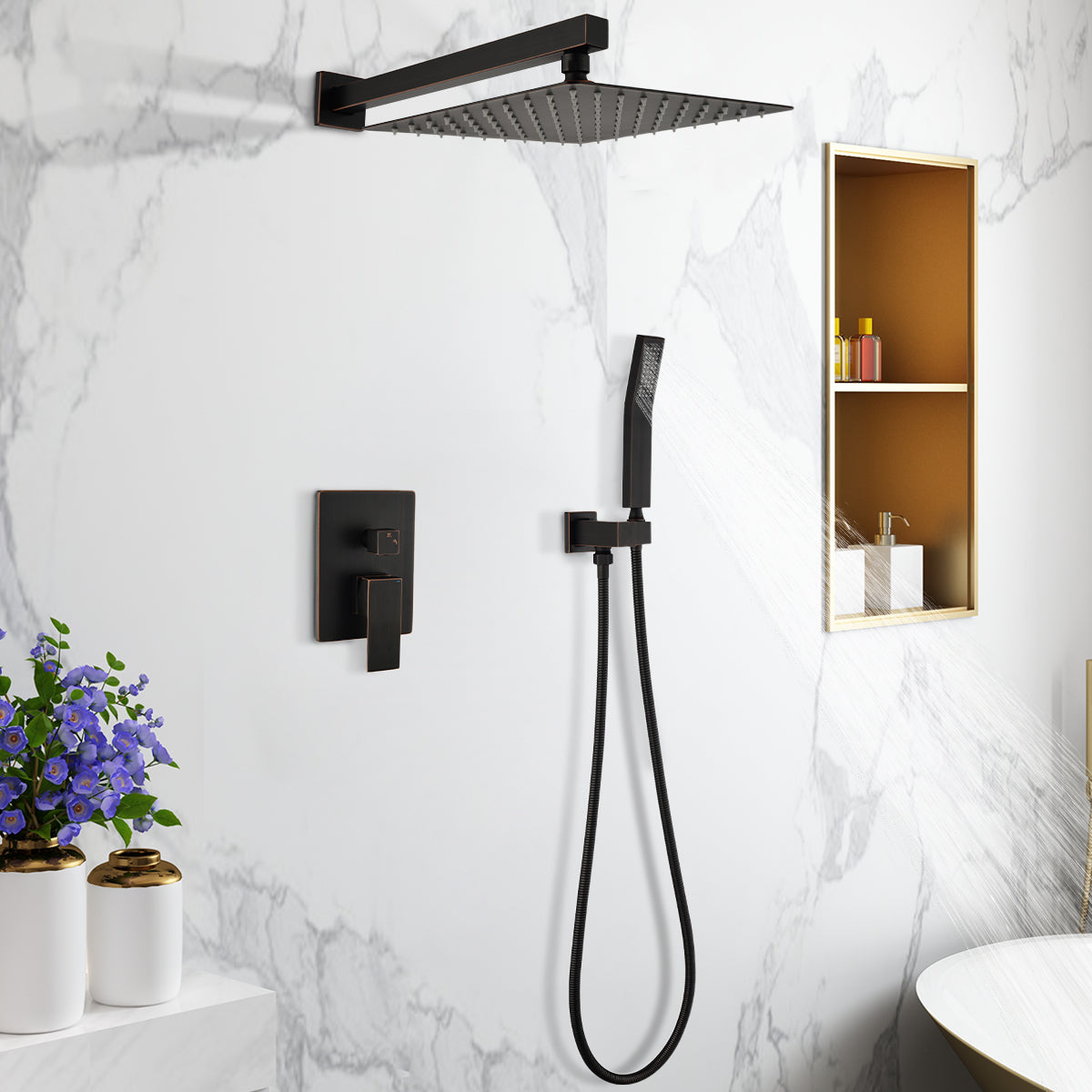






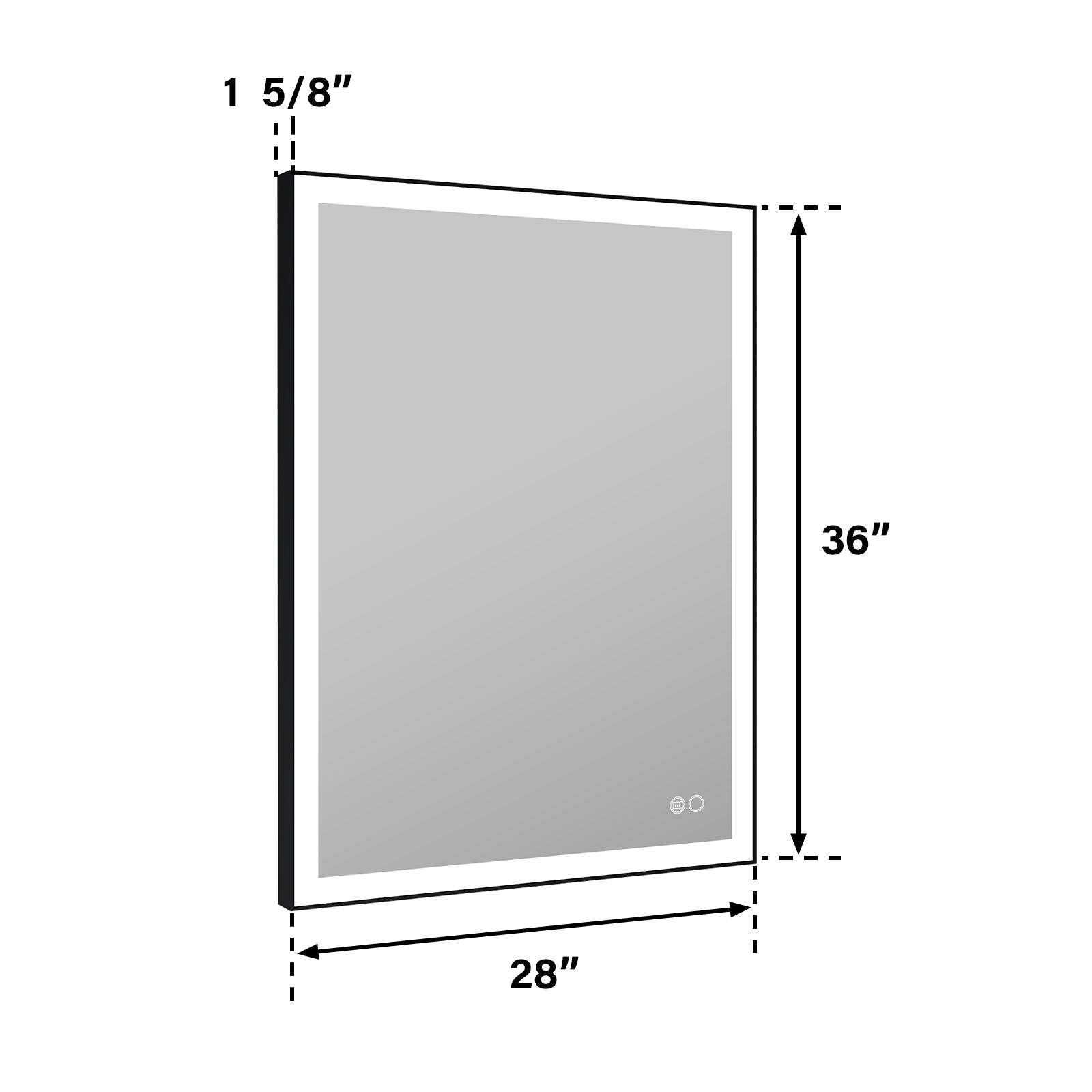


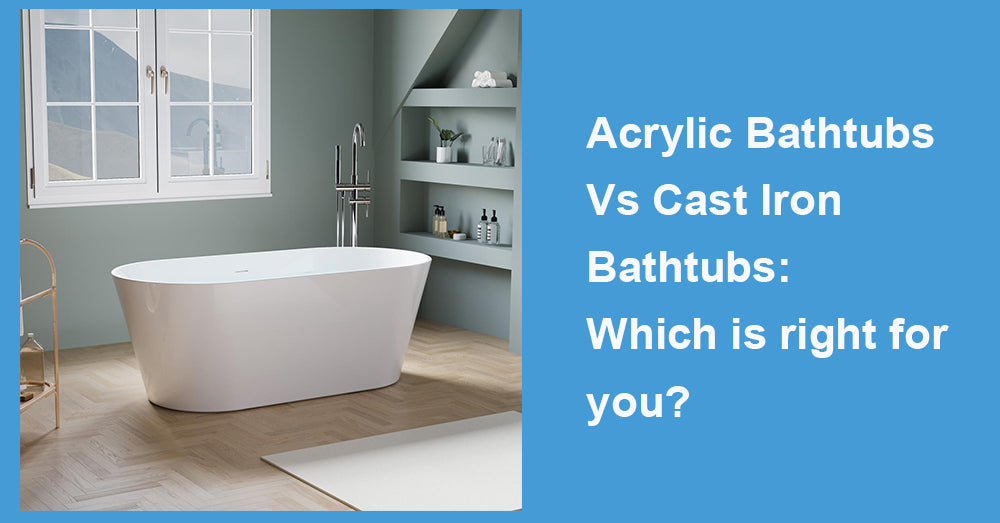
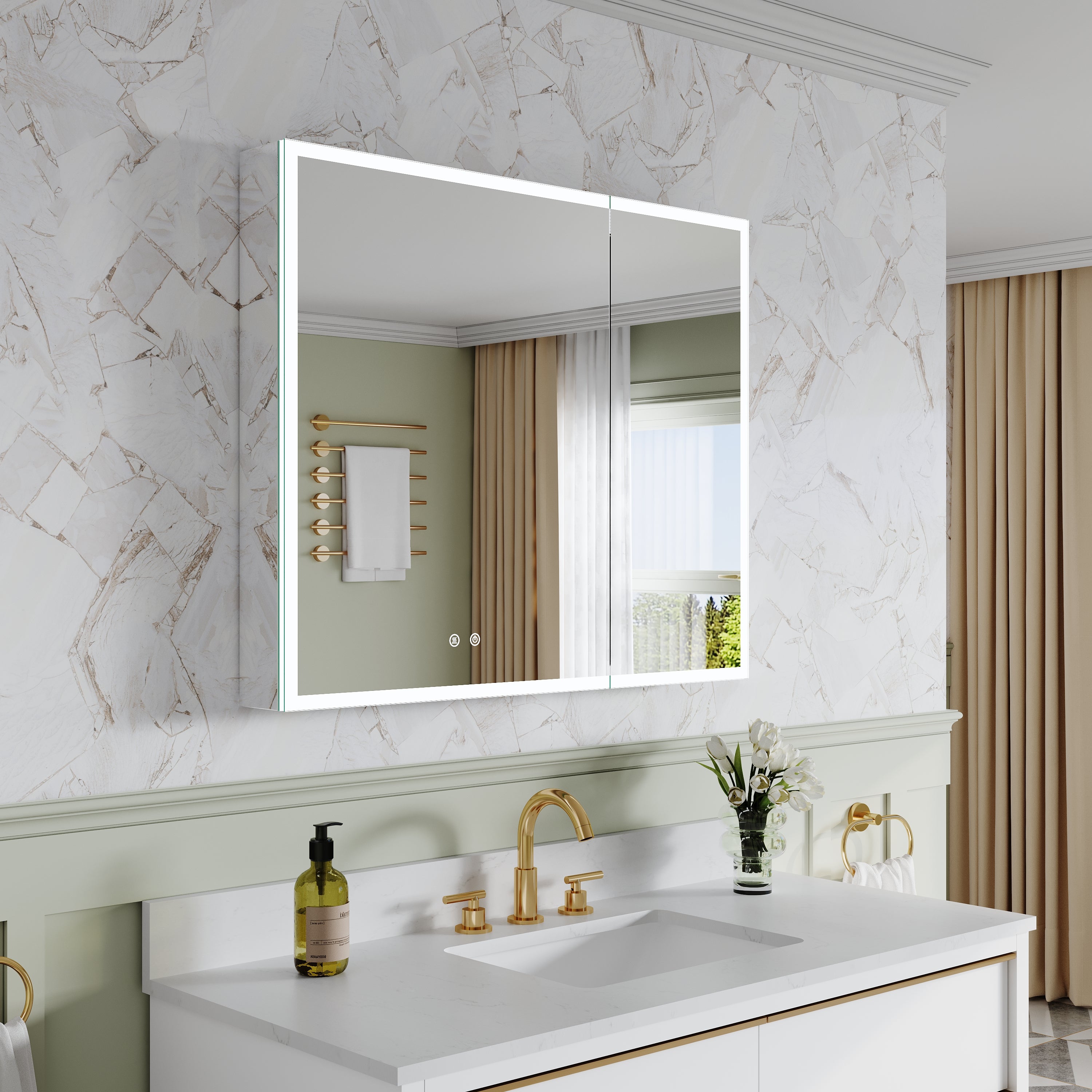
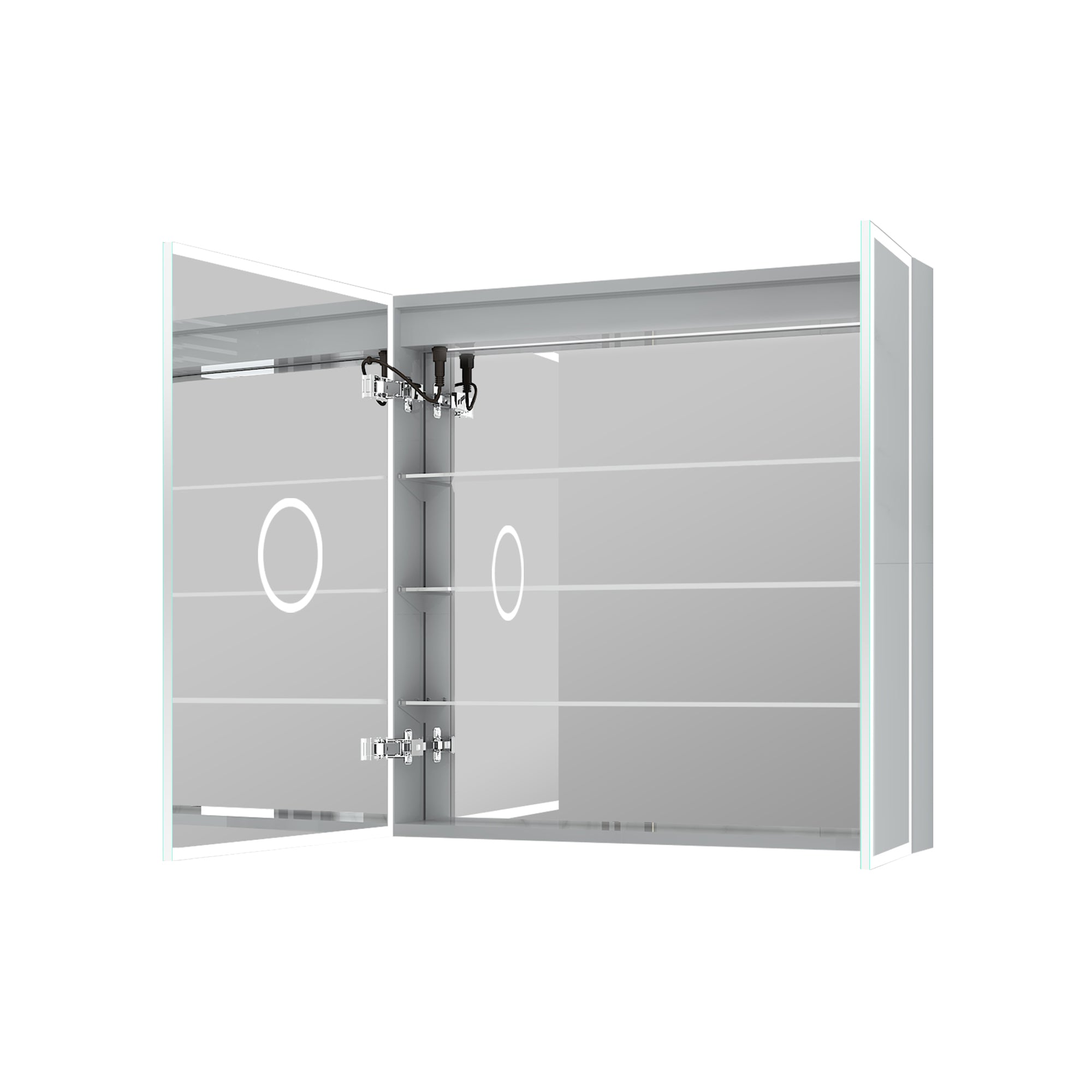
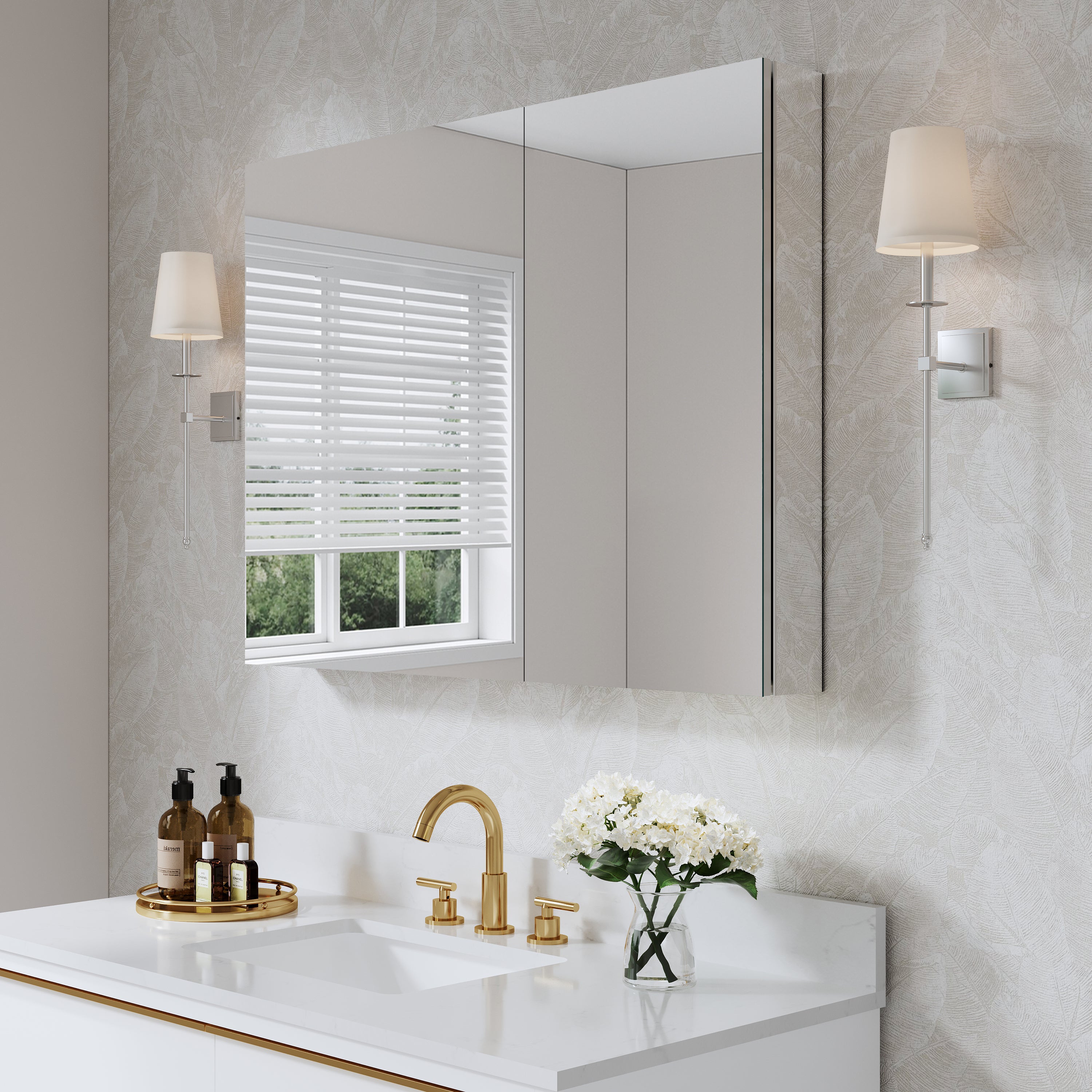

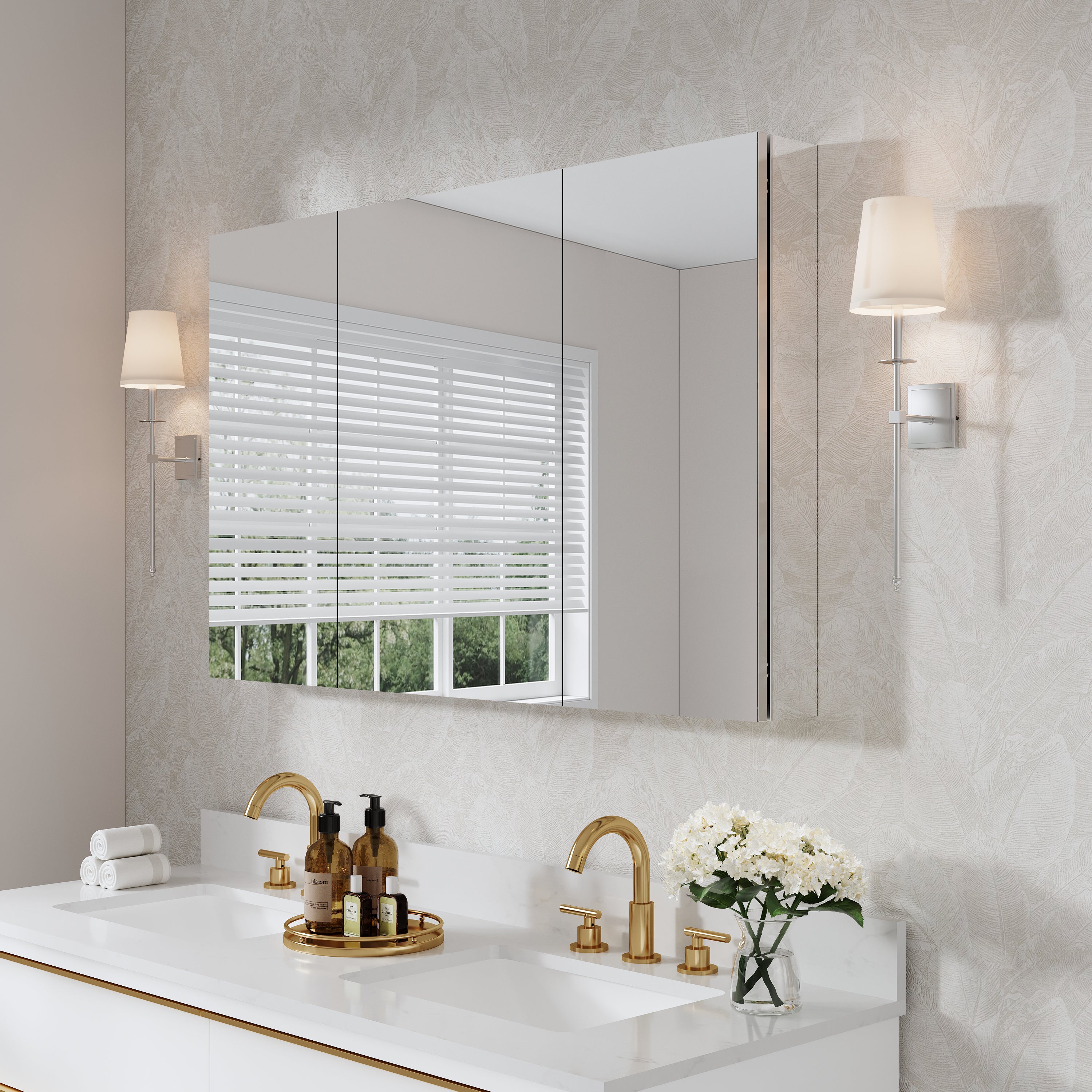
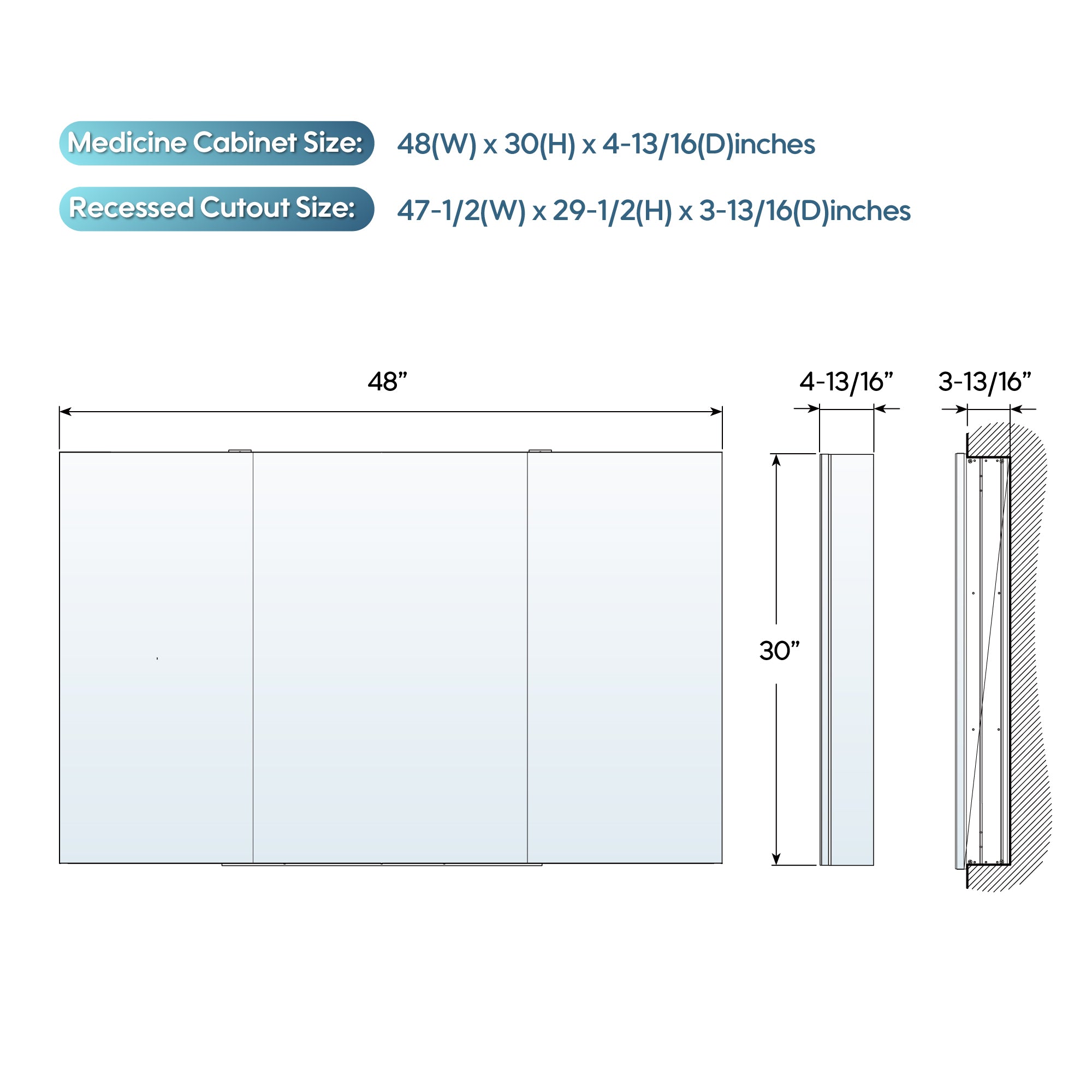

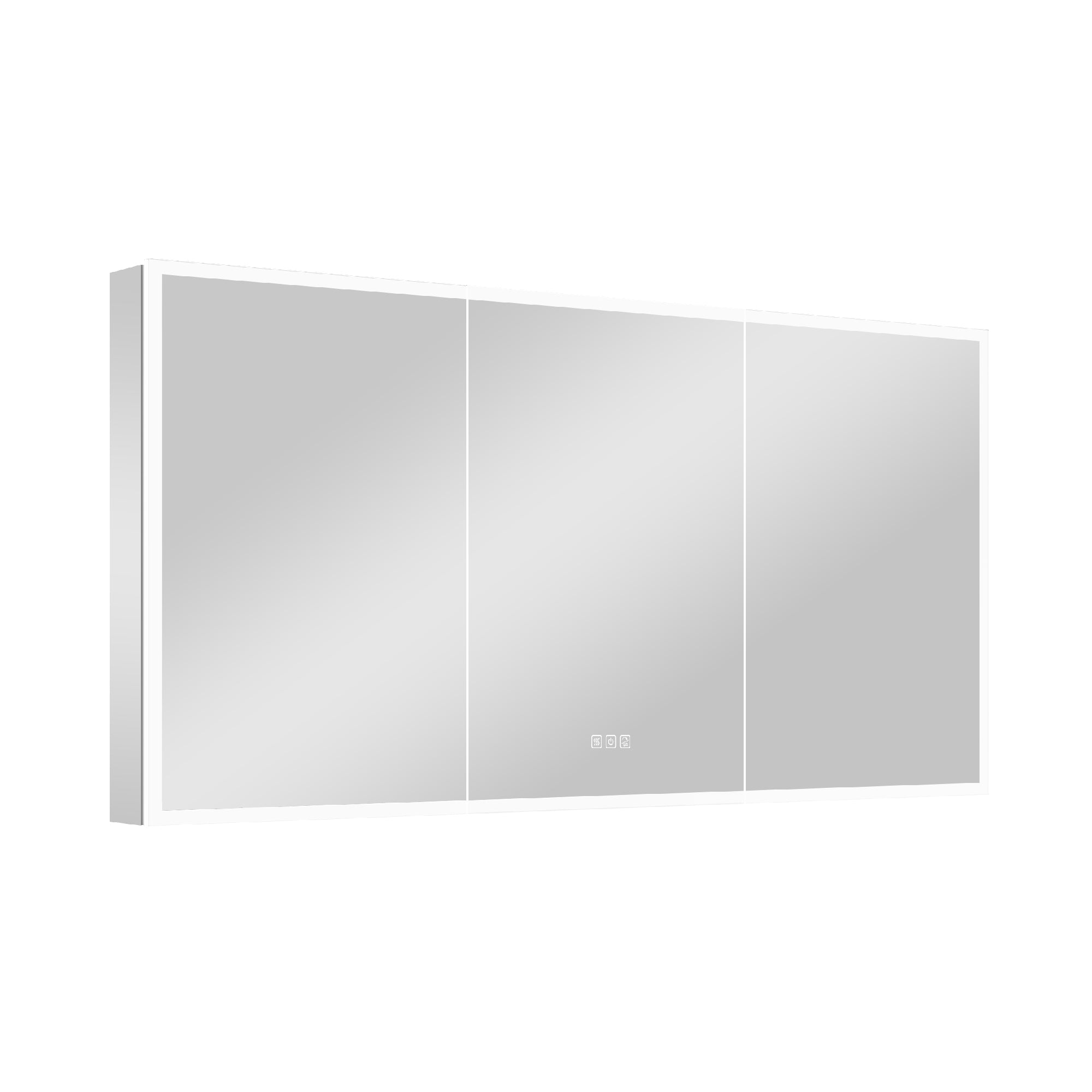
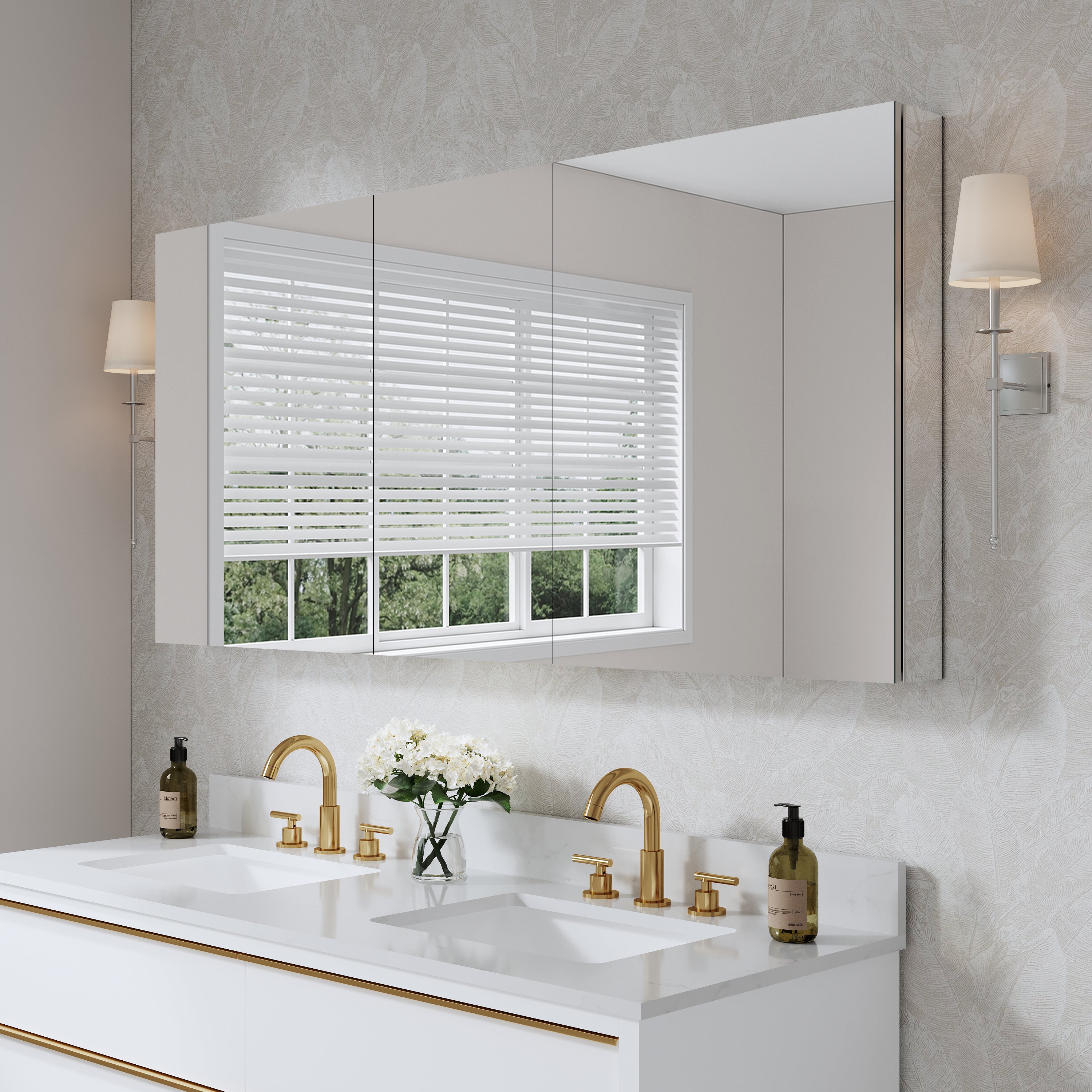




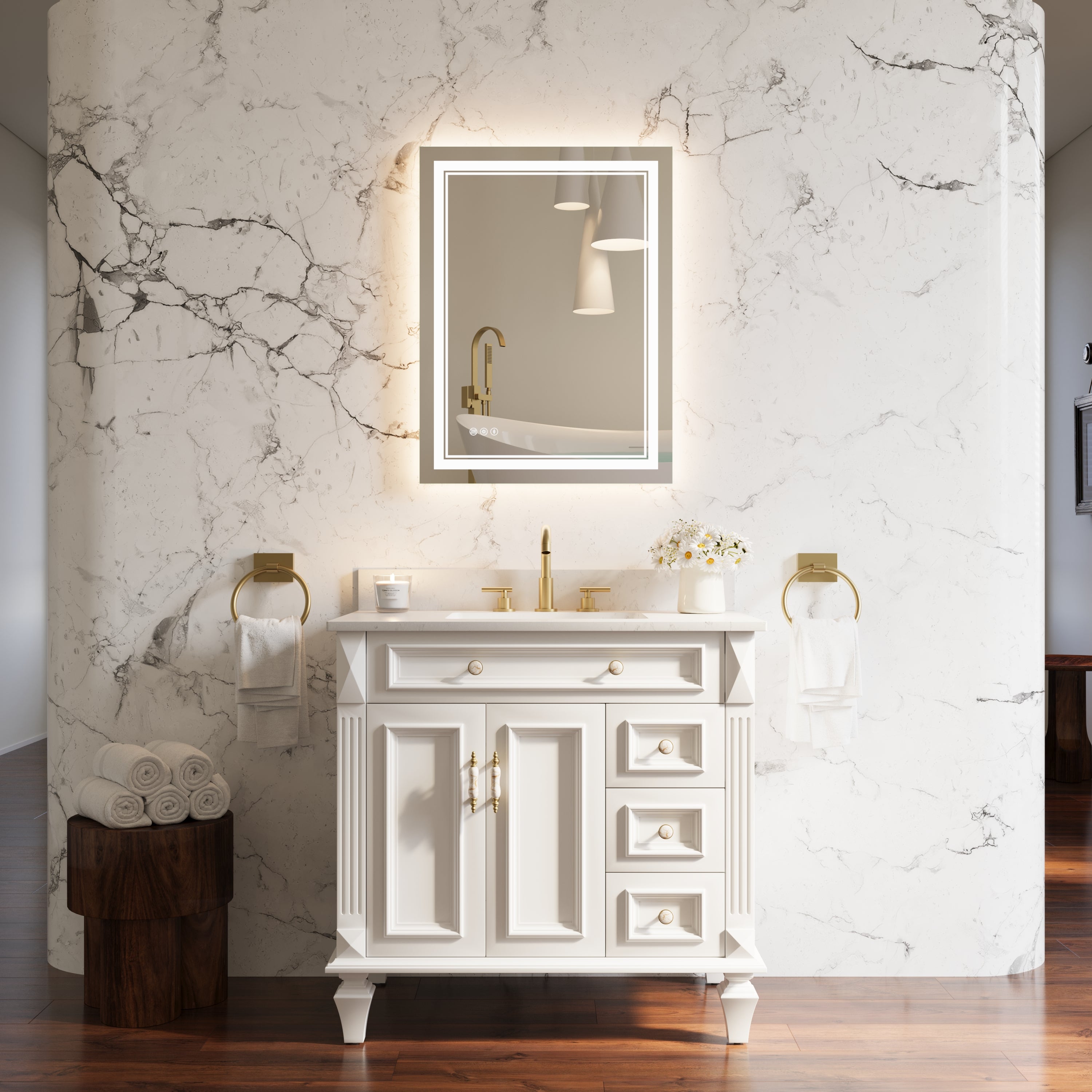
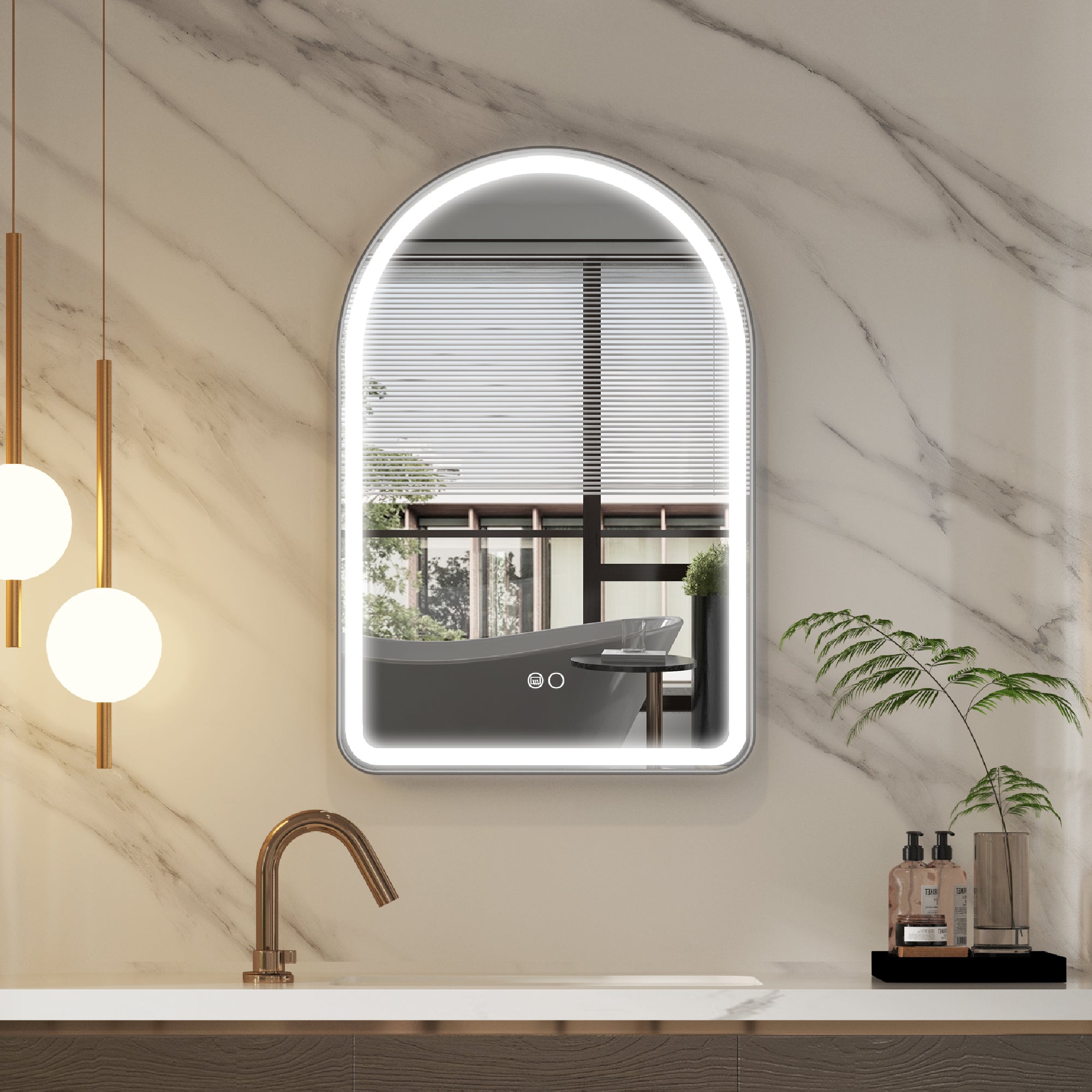
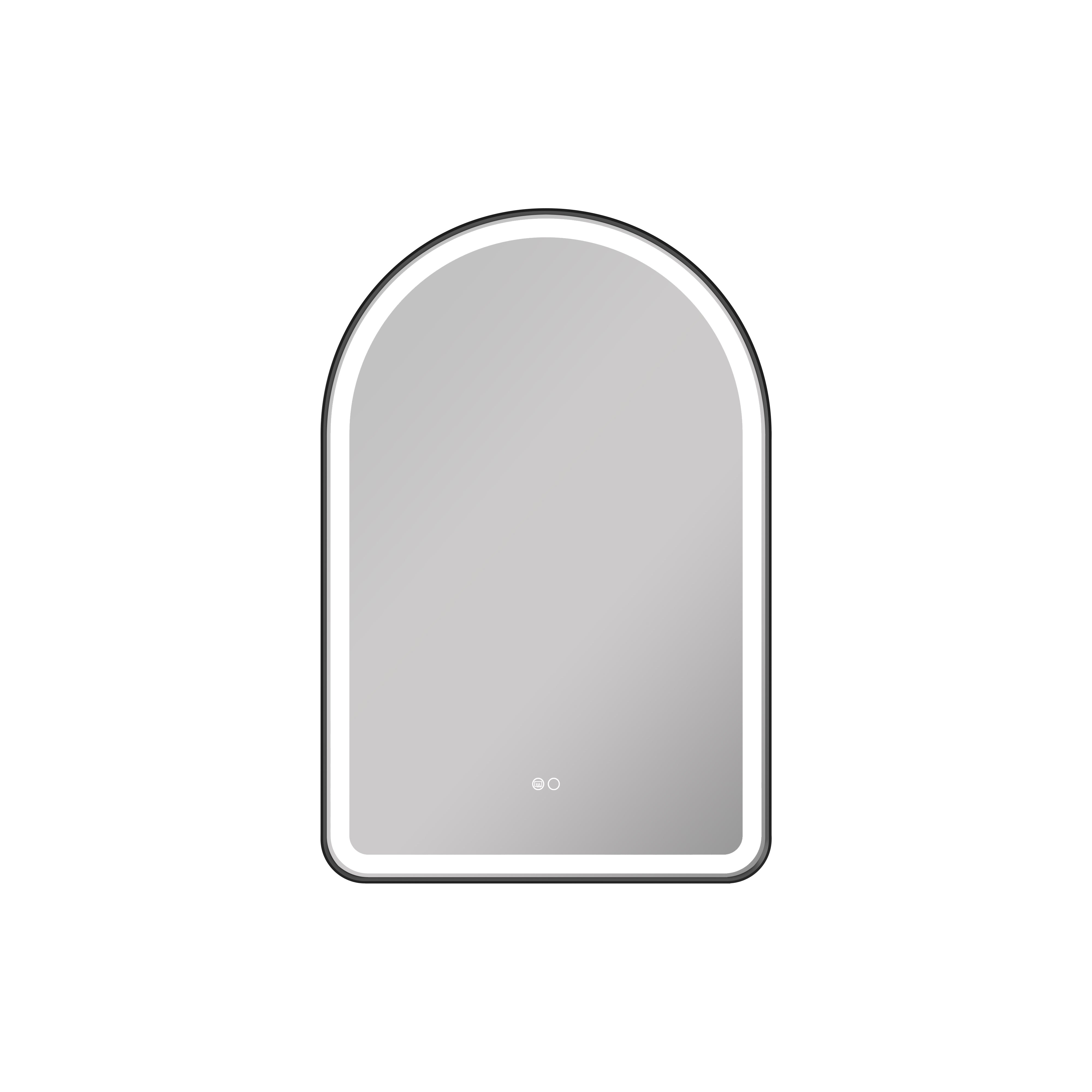

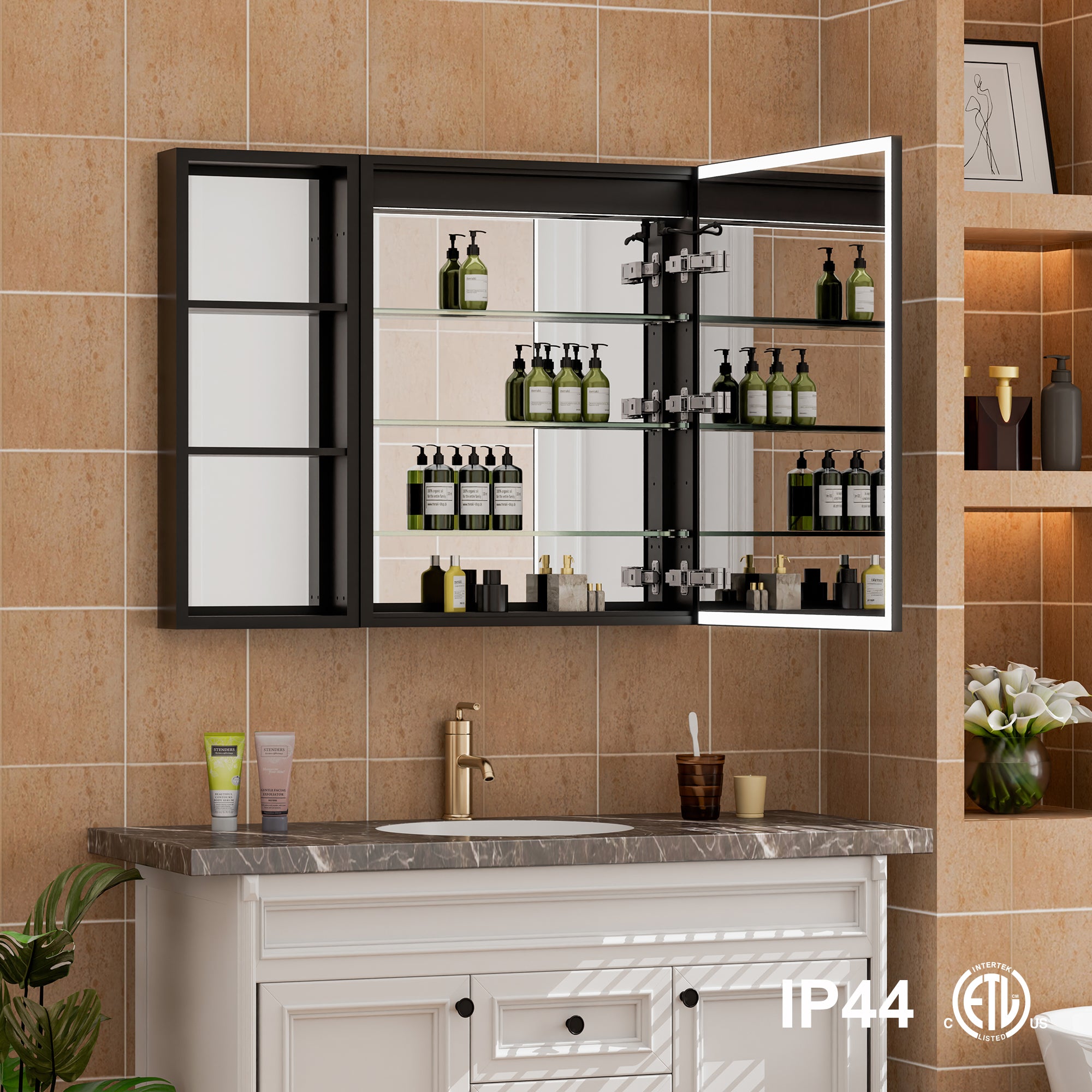
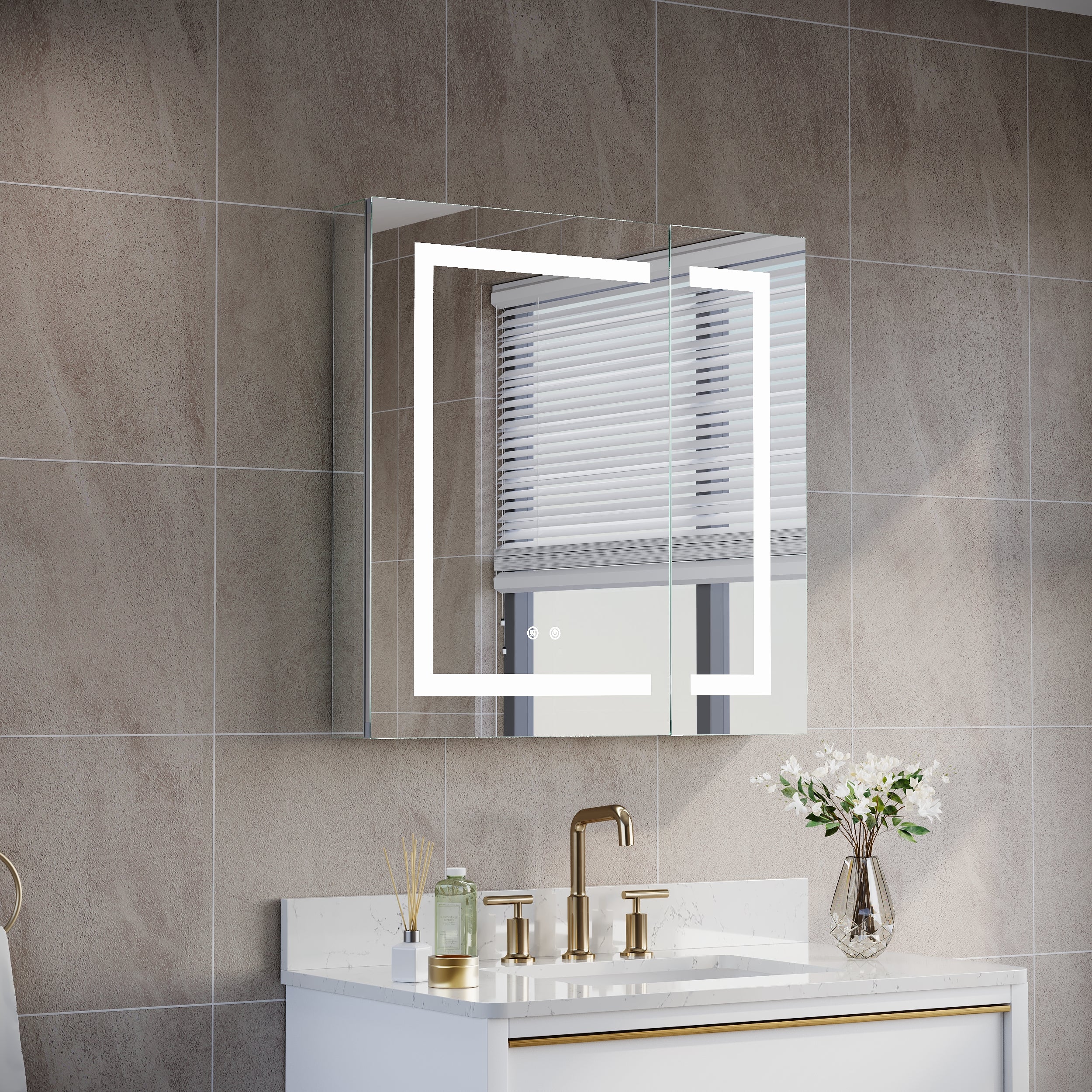
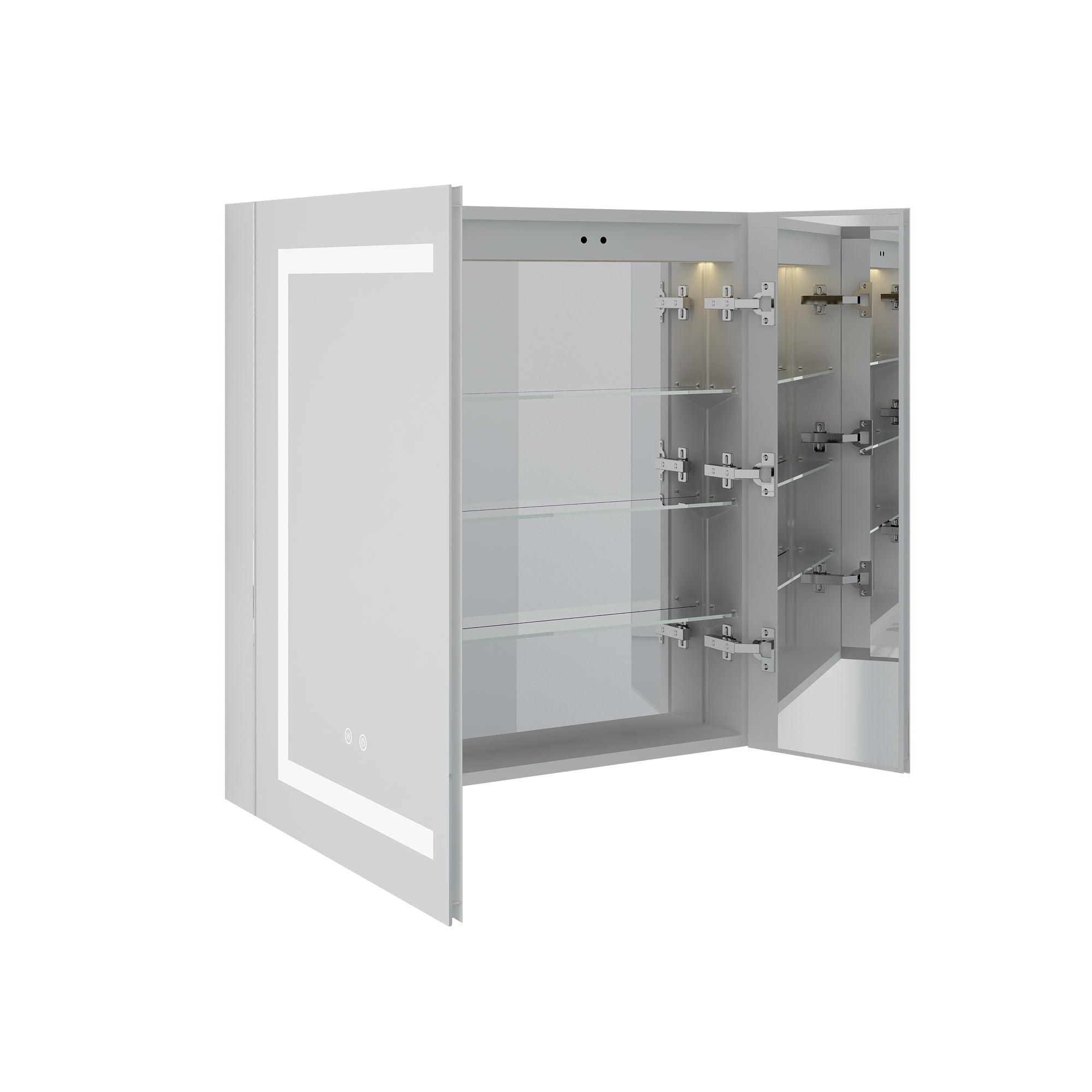
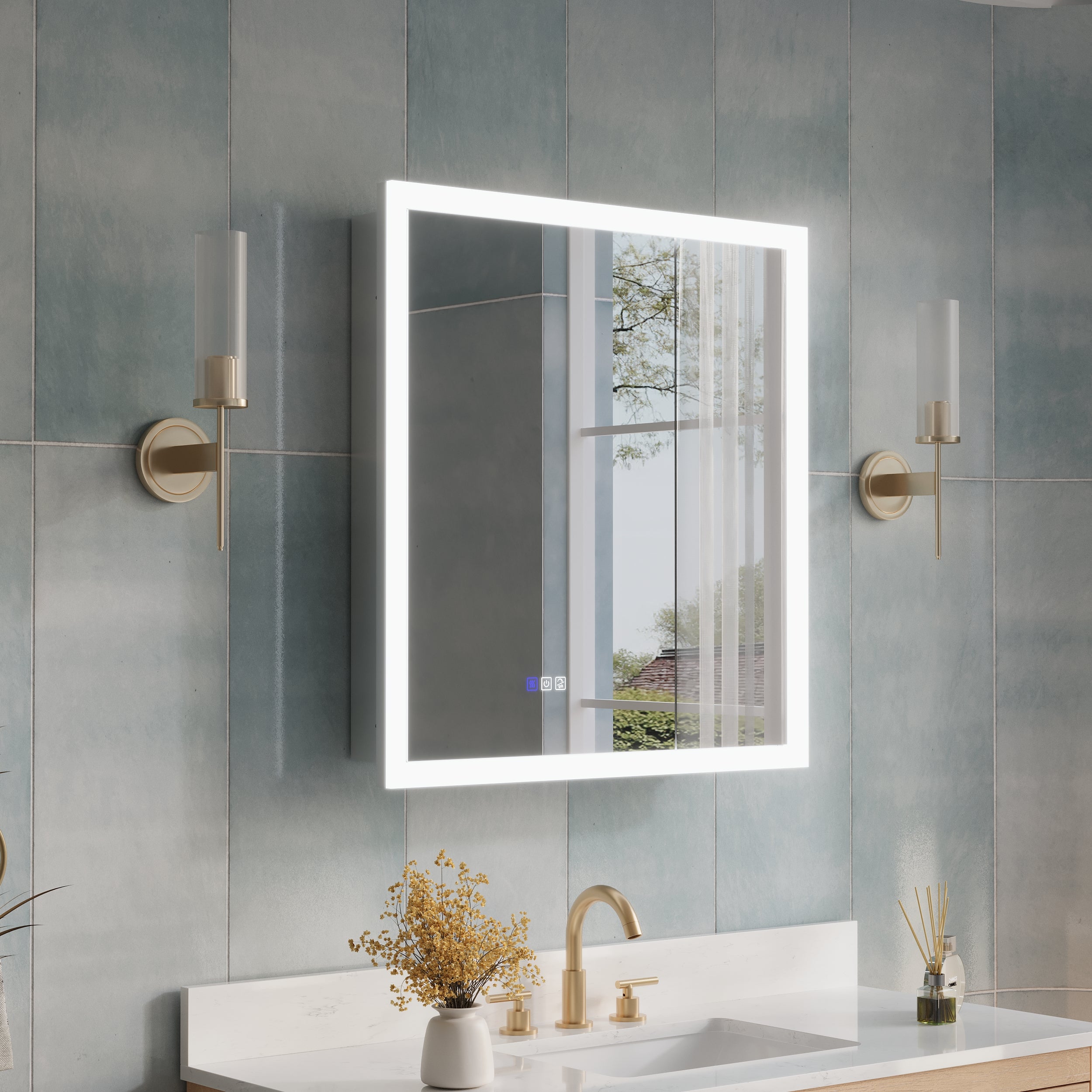
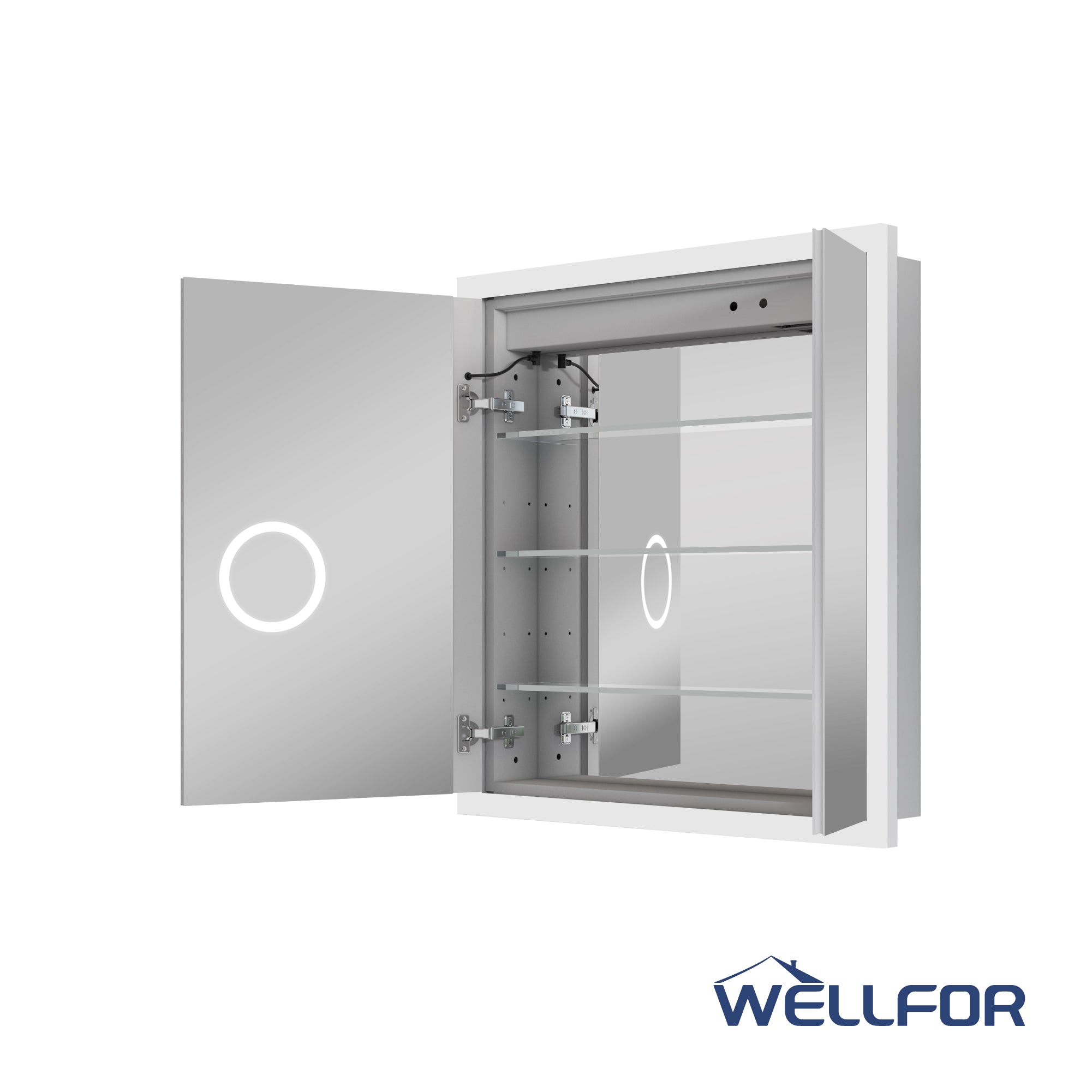
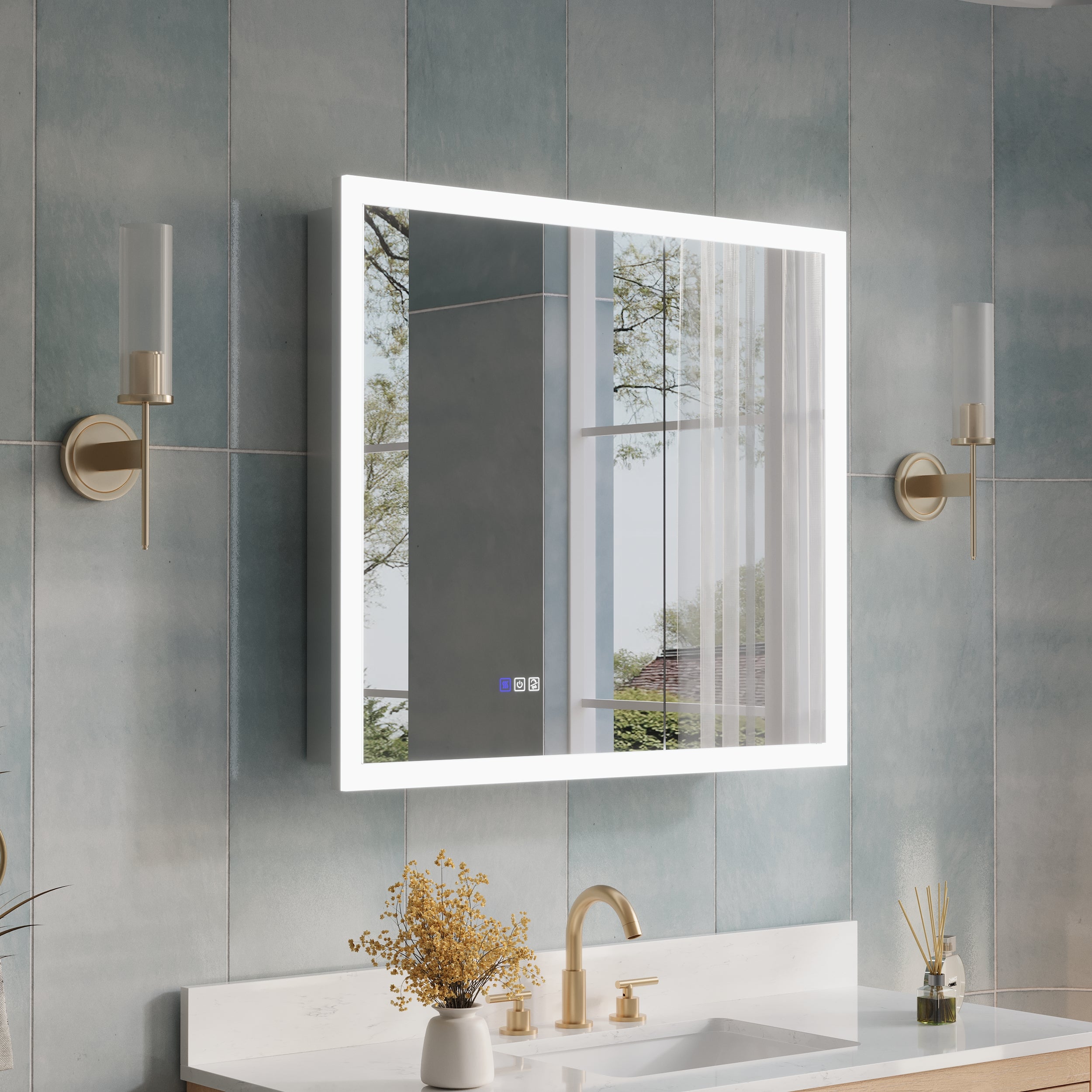

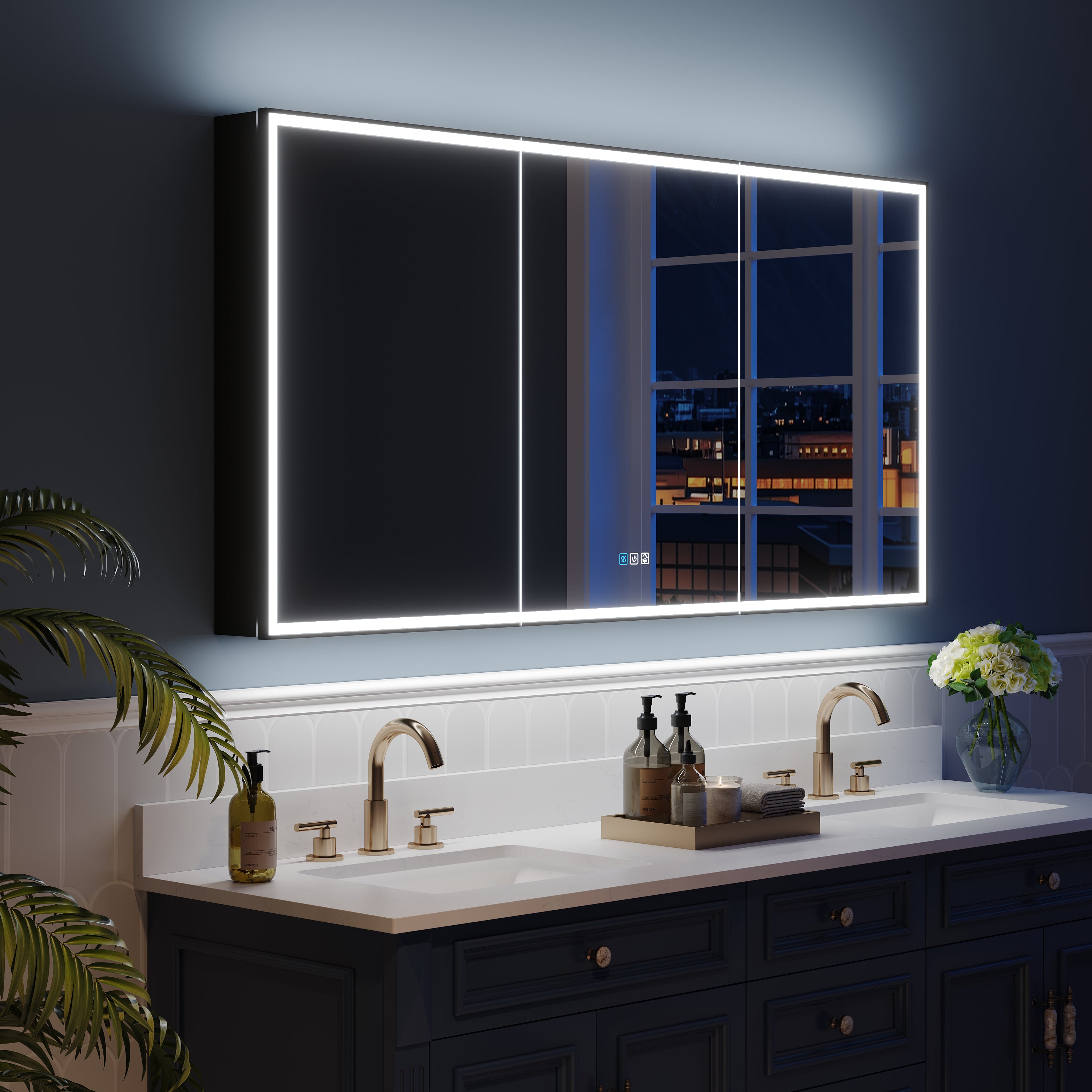
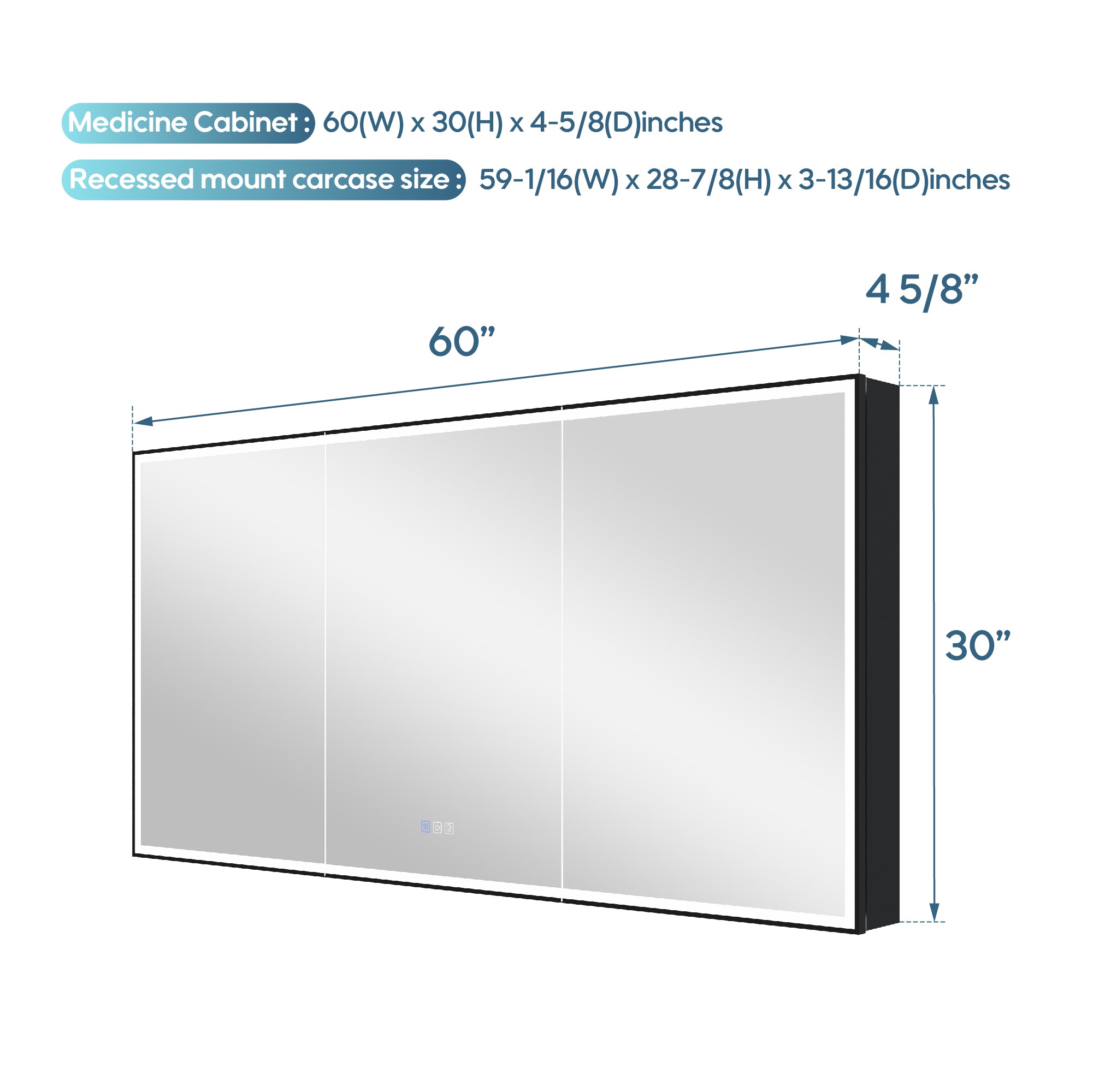
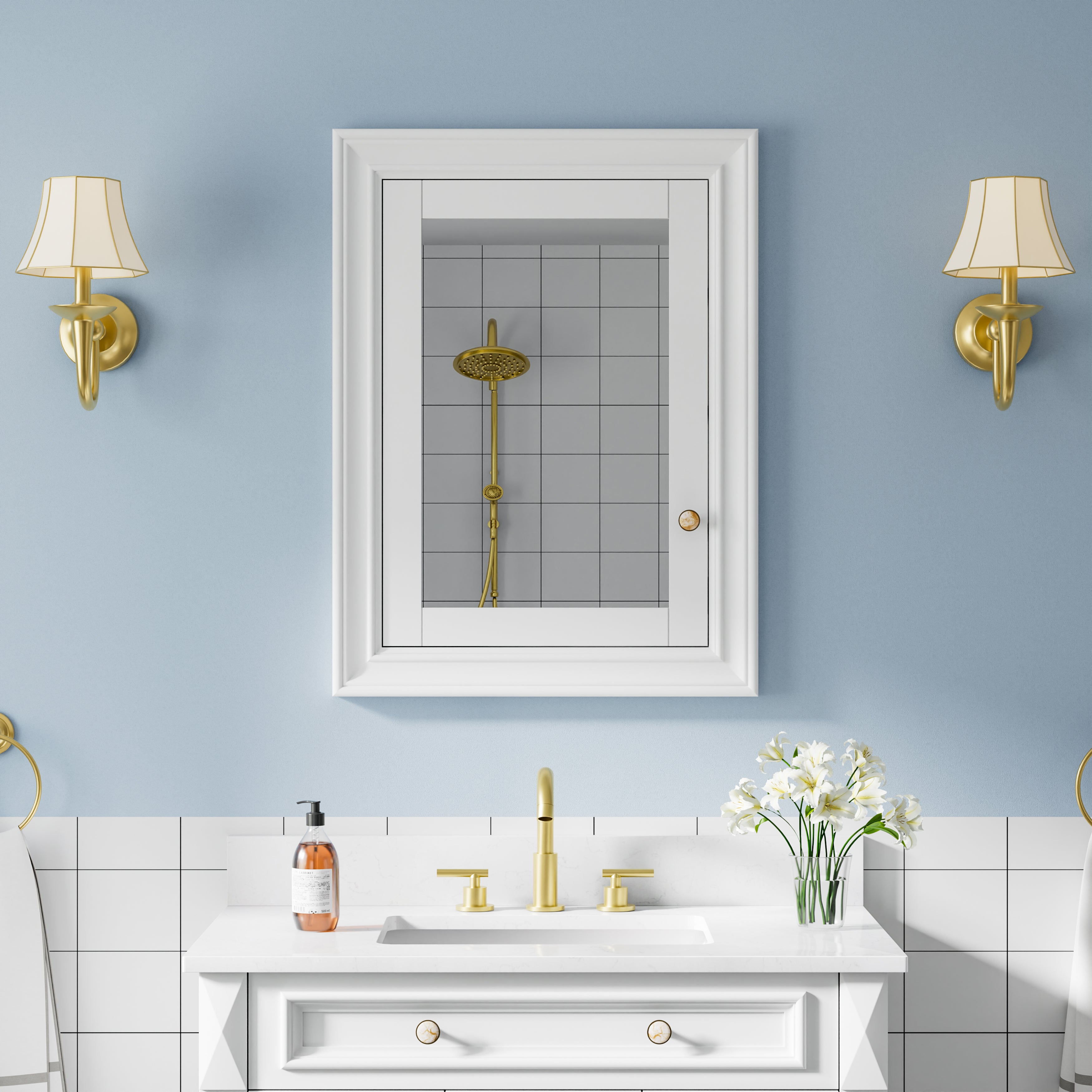


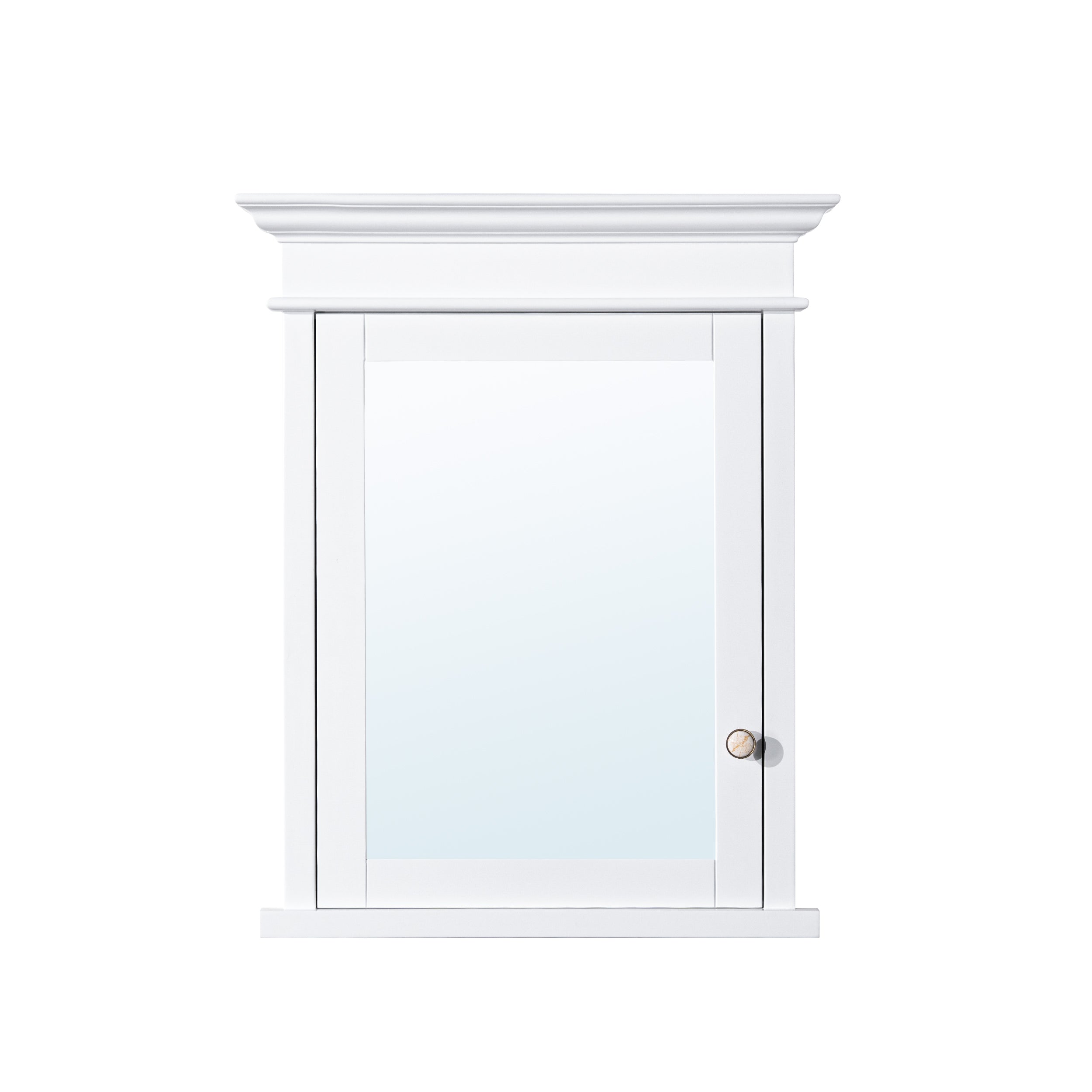

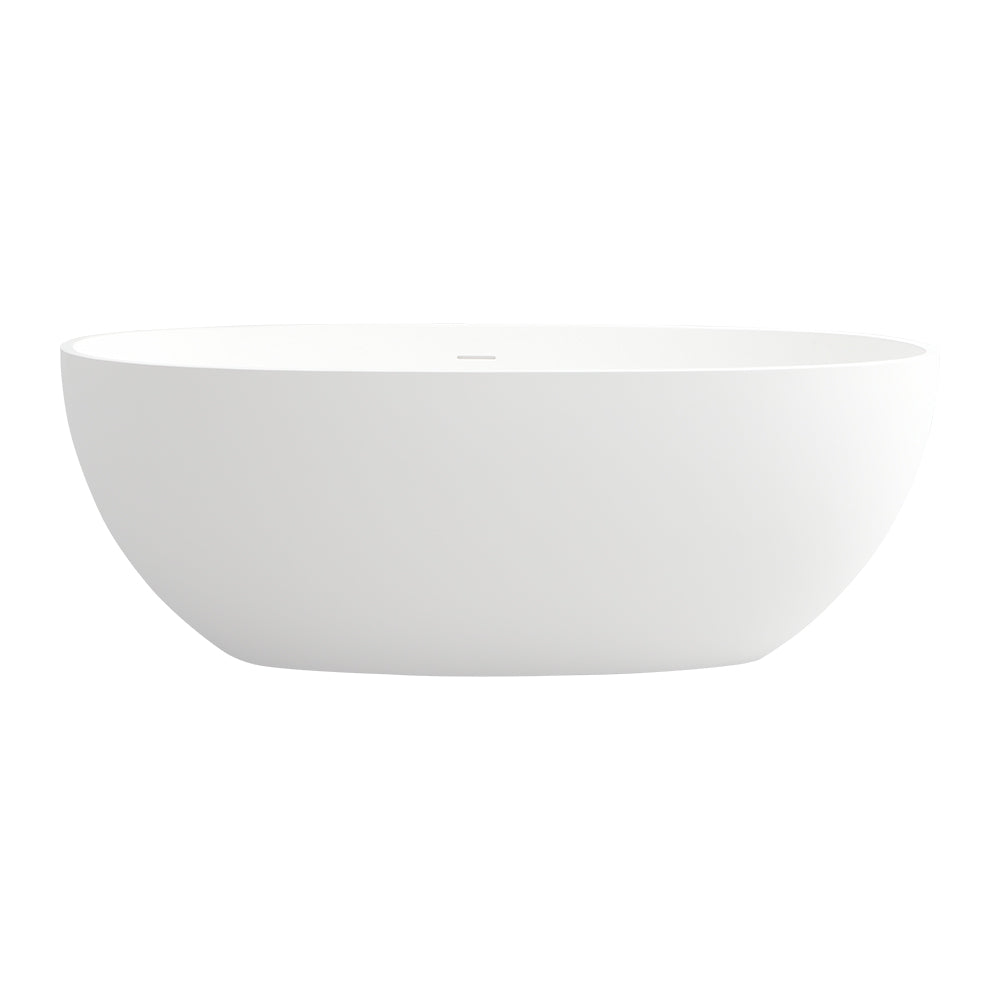


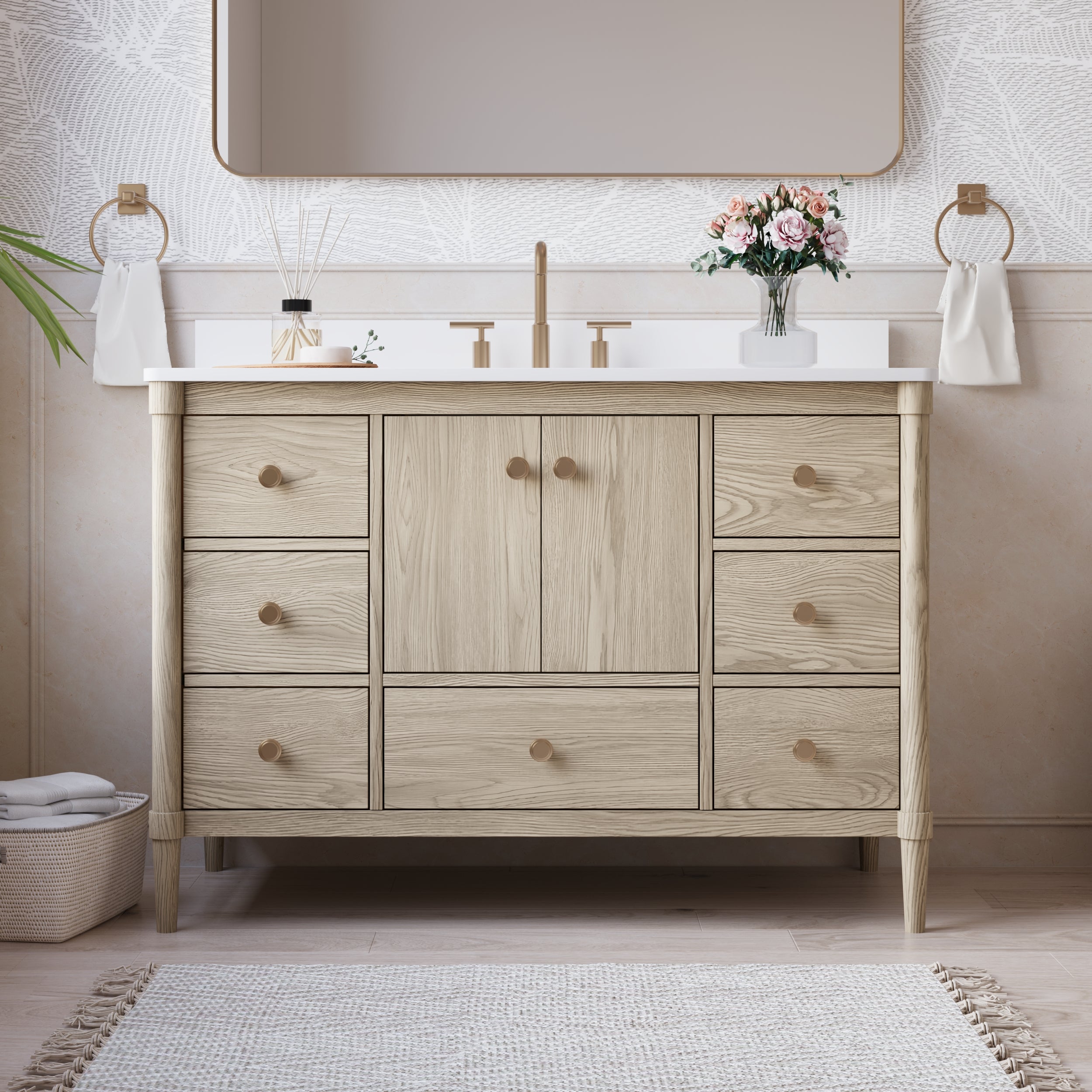
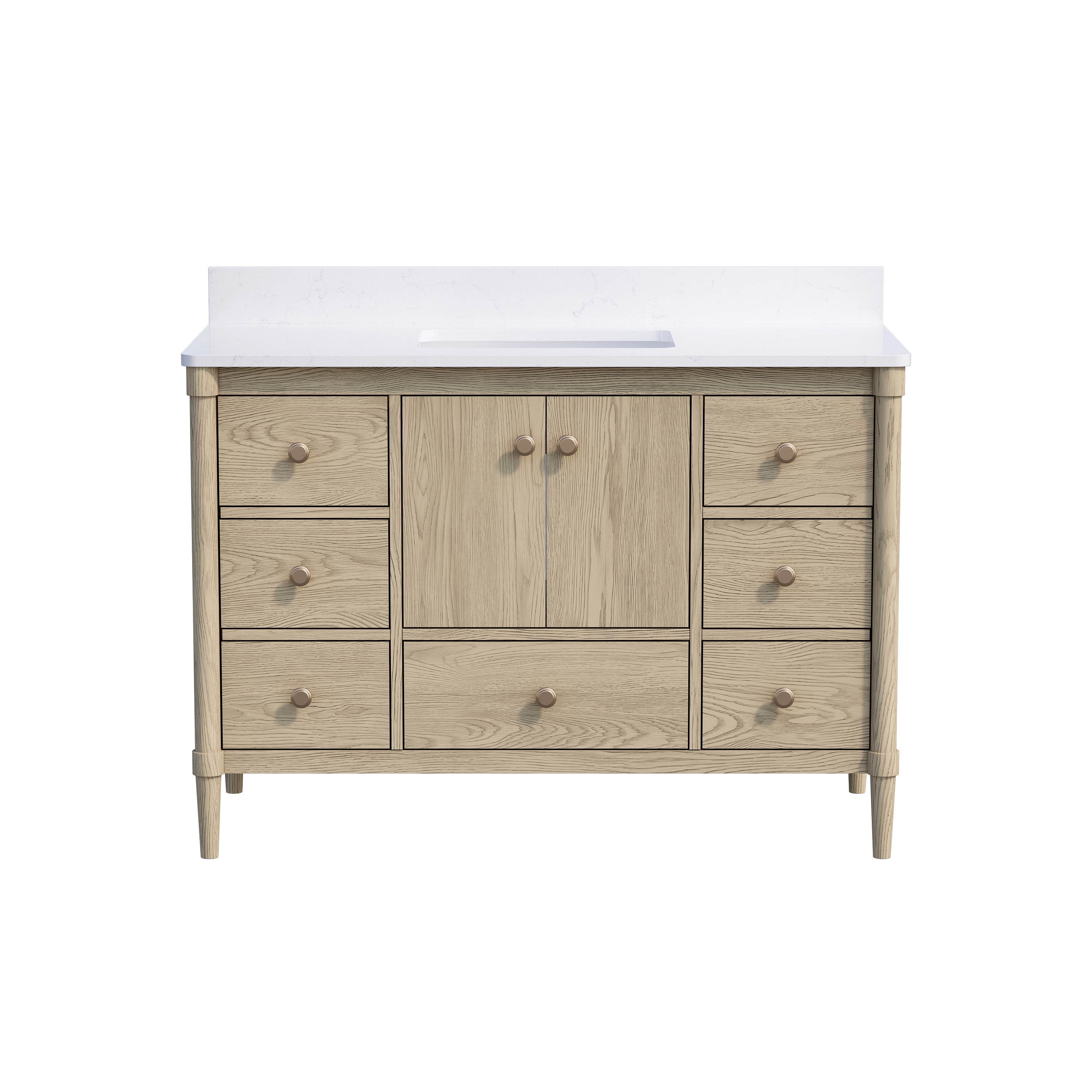
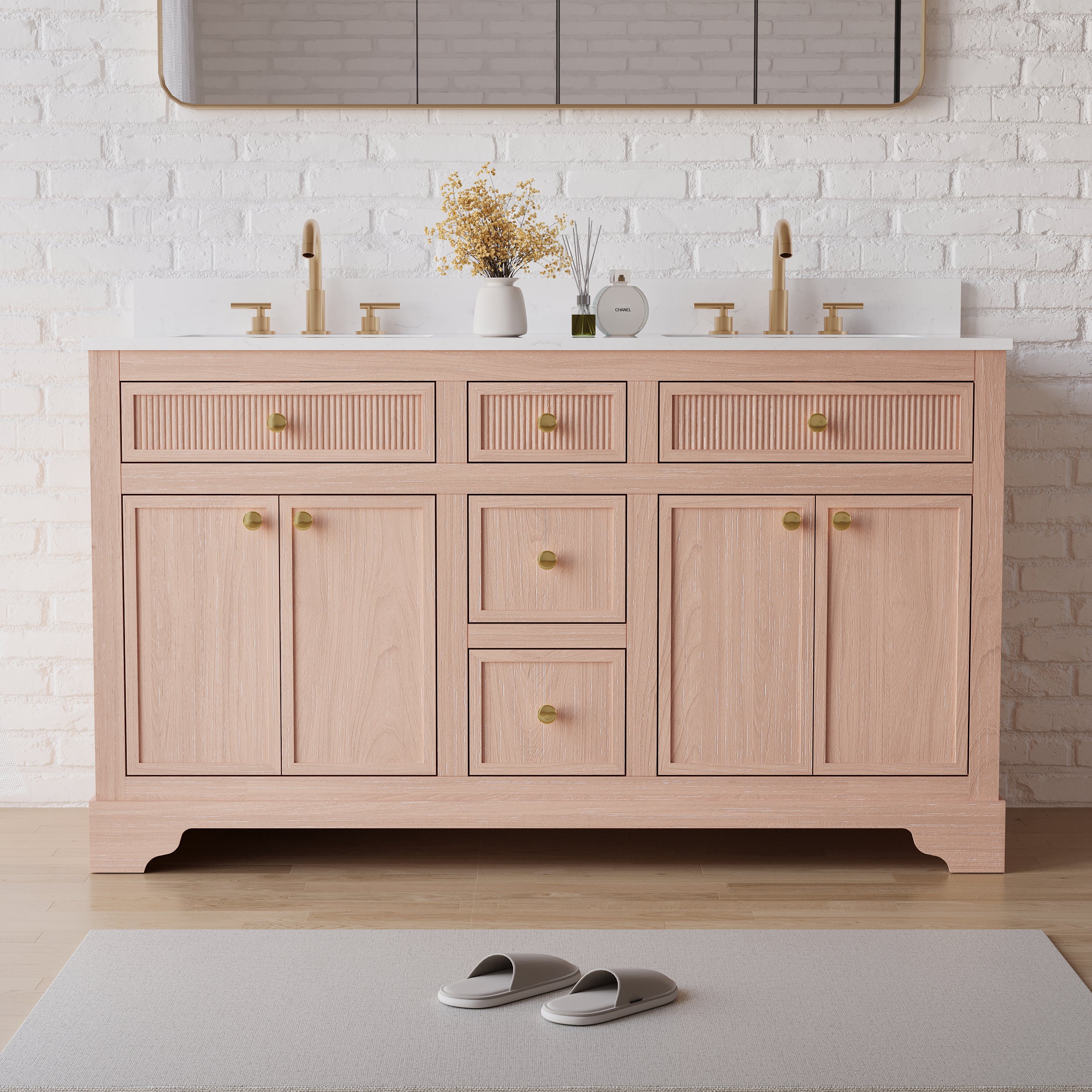



Leave a comment
This site is protected by hCaptcha and the hCaptcha Privacy Policy and Terms of Service apply.